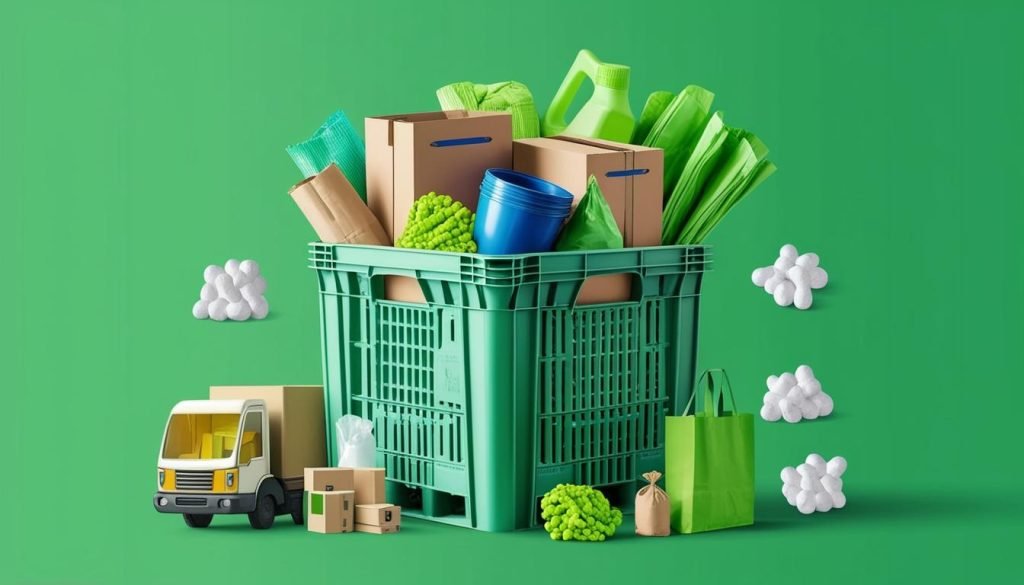As the need for sustainability grows, homeowners can adopt various strategies to minimise waste and reduce the environmental impact of relocating.
In the current era, the need for sustainability and environmental awareness permeates all aspects of life, even the often chaotic and waste-producing process of moving house. Transitioning residences is an activity that traditionally contributes significantly to waste, particularly in terms of plastic consumption, which subsequently ends up in landfills, affecting water, soil, and air quality. However, several strategies exist to mitigate the environmental impact when relocating.
One practical step is to make use of storage boxes that are already available at home. Obsolete plastic crates from previous moves can be repurposed to transport clothes, decorations, and kitchen utensils. Similarly, reusable grocery bags and furniture with storage options, like drawers and cubbies, can serve a dual purpose in carrying belongings. Such creative utilisation not only reduces waste but also minimises expenditure on new packing materials.
Alternatively, renting reusable storage bins provides an economically sensible and environmentally sound option for those requiring additional packing solutions. Many companies now offer these green moving boxes in various sizes, which can be returned once settled, thereby eliminating the generation of waste associated with one-time-use boxes.
For fragile items such as fine china or glassware, utilising household fabrics like towels, blankets, and clothes as padding can replace the need for non-biodegradable bubble wrap. This method not only conserves resources but can also be more beneficial for delicate items.
In instances where additional packing materials are necessary, opting for biodegradable and recyclable alternatives is recommended. Biodegradable packing peanuts, for example, offer a sustainable option for safeguarding irregularly shaped items. Choosing cardboard boxes devoid of wax or plastic films ensures that they can be recycled after use. Additionally, using paper tape for sealing boxes reinforces these efforts toward an eco-friendly relocation.
Another consideration involves sorting possessions to identify items for donation, recycling, or repurposing, thereby reducing what ends up as waste. For example, old clothing could be transformed into cleaning rags, reducing the need to purchase similar items post-move.
The selection of a moving company also plays a significant role in the move’s ecological footprint. Sustainable moving companies are discernible by their choice of environmental-friendly transport options, such as electric or biodiesel-fuelled vehicles. They often provide reusable packing materials and forego non-recyclable packing products, contributing to reduced emissions and waste.
Once unpacking in the new location, surplus packing materials should not automatically be deemed refuse. Instead, one can reuse, donate, or even sell such materials online. This approach not only cuts down on waste but could also offset moving costs. Engaging with kids, unused bubble wrap could find a second life as play material before being recycled.
Considering the environmental impact when purchasing new home appliances is advisable. Eco-certified appliances typically offer significant energy savings, thereby reducing utility bills and emissions over time.
The conscious preparation of a move can further enhance its sustainability. Planning to reduce the number of trips is essential, for instance by utilising trailers for heavy furniture or borrowing packing materials from friends, neighbours, or local stores. Proper disposal of waste through designated recycling bins ensures that electronic and plastic waste is appropriately processed.
The collective application of these techniques contributes to reducing the environmental impact of moving house. Though each adjustment may seem minor, their cumulative effect signifies substantial progress in fostering sustainable living practices.
Source: Noah Wire Services





